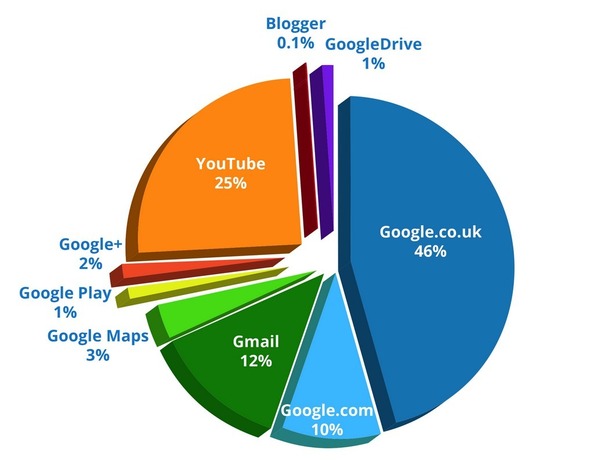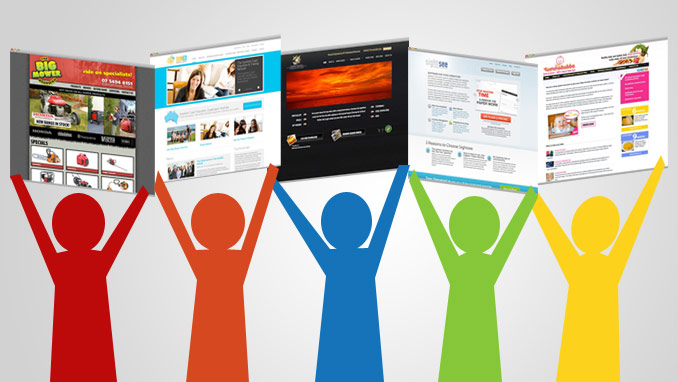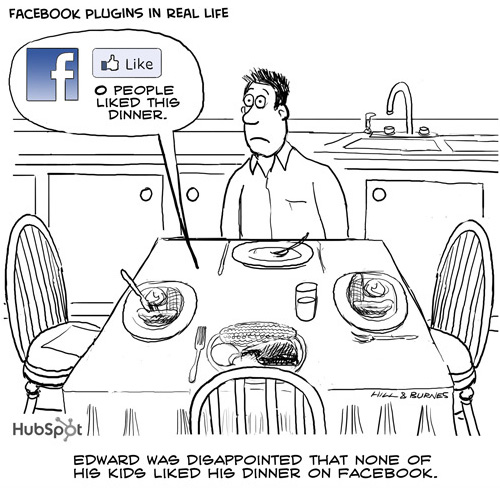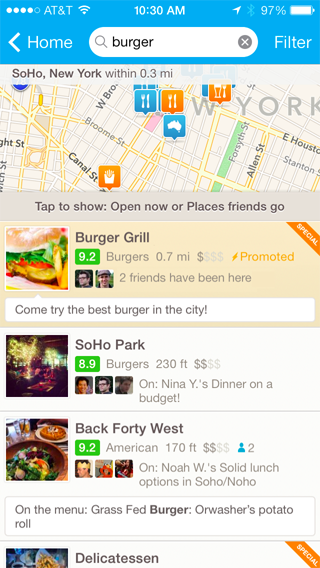Here are some of the most interesting digital marketing statistics we’ve seen this week.

Stats include mobile adspend, hotel search volumes, jobs at tech startups, Google’s dominance of web traffic, big data, retargeting and social media.
For more digital marketing stats, check out our Internet Statistics Compendium.
1. Mobile adspend up 127% to £429m in first half of 2013
– Mobile adspend in the UK grew to £429.2m in the first half of 2013, an increase of 127% compared to the same period last year.
2. UK boutique hotels prove to be a popular holiday choice
– There were three times as many online searches for lifestyle and boutique hotels in the UK than there were for those located in short-haul and long-haul destinations combined, according to analysis of specialist hotels search data from Greenlight.
3. Social media trumps focus groups
– A new Crimson Hexagon survey of 170 digital marketing and advertising professionals found that 72% of respondents said that they now consider social media to be a more reliable source of public sentiment than traditional focus groups.
4. UK jobs figures show tech startups’ hiring up 44% year-on-year
– A new survey by Silicon Milkroundabout has found that there are more jobs than ever before in UK tech startups, and the competition for tech talent is intensifying.
Tech hubs around the country, including east London’s Silicon Roundabout/Tech City cluster, are hiring for 4,753 positions, up 44% since 2012.
5. Google takes one in twenty web visits
– In the UK Google Search has 86% market share and the story is pretty similar across the other countries.

6. Average UK family home contains 10 devices
– Families in the UK are using instant messaging and video calls to talk to each other in the home, according to new research from Microsoft Advertising.
The average family home contains 10 different devices, with almost six (57%) of these connected to the internet. These devices are encouraging family members to second screen, with three quarters (73%) of those surveyed saying they use a separate smartphone, tablet or laptop while watching TV.
7. 7% of marketing departments take responsibility for big data
– The Stibo Systems survey revealed that, bbig data, despite being used across different business units, 61% of senior managers said their company’s data was held by the IT department, with only 7% saying it was the property of marketing, 21% saying finance, and 9% admitting to not knowing who owned their business’s data.
8. Retargeting FTW
– The survey of 2,000 online shoppers found that 88% of people say they are open to online retailers following up by email after they abandon an online purchase and over a third (35%) say they actively welcome the assistance.
9. Consumer use of online maps
– An Infogroup survey of almost 1,000 US consumers found that between a third and half of consumers using navigation systems (48%), smartphones (40%) and online maps (32%) for driving directions get lost at least once a month
10. Concerns over site speed
-A survey by PEER 1 Hosting found that 50% of respondents admitted that the speed of their site was the factor they were most concerned about.
Reference: http://econsultancy.com/ca/blog/63566-10-interesting-internet-marketing-statistics-we-ve-seen-this-week











Recent Comments